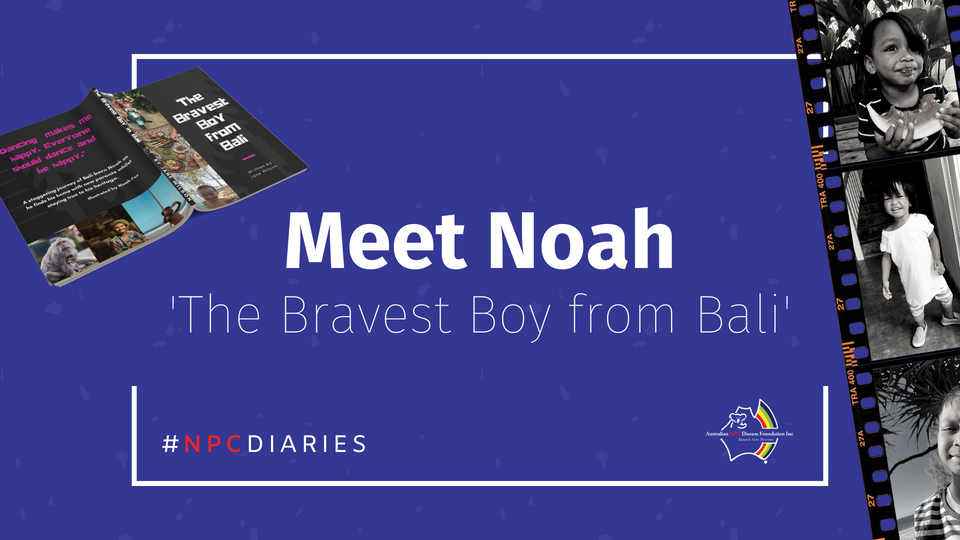top of page
ANPDF Video Series
Check out our original NPC Diaries series to the interviews conducted at the 2024 NPC Conference. Meet all types of community members here!
ANPDF DocuSeries
2024 NPC Conference
2024 Minds in Motion
Diagnosis Day
NPC Diaries
bottom of page






























